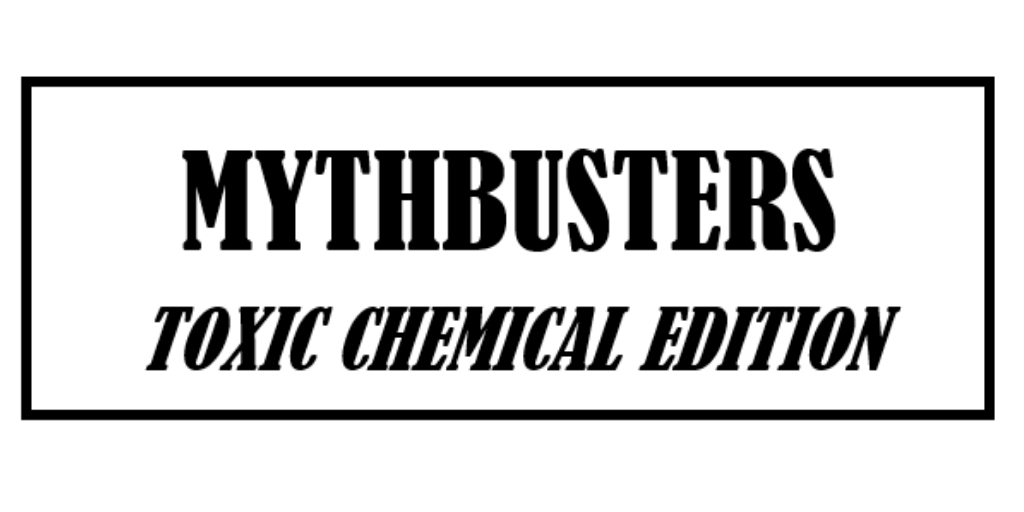
The Trump EPA’s “Working Approach” to new chemical reviews is only working for the chemical industry
Richard Denison, Ph.D., is a Lead Senior Scientist.
On Tuesday EDF filed detailed comments on the Environmental Protection Agency’s (EPA) “Working Approach to Making New Chemical Determinations under TSCA.”
The document is a major disappointment, to say the least. The Trump EPA has worked very hard to render this long-awaited update of its approach to reviewing new chemicals under TSCA an empty exercise. Despite Administrator Wheeler’s promises in January 2019 to the contrary:
- EPA has still failed to provide any legal or scientific justification for its Working Approach.
- EPA provided no actual response to the many detailed comments it received on its 2017 framework, instead issuing a 1.5-page document that dismisses many of the comments merely as having “stemmed from a misunderstanding of the Agency’s intent.”
- EPA held a public meeting – but did so without first providing the Working Approach to stakeholders; EPA then limited their comments at the meeting to 2-3 minutes each and ended the meeting well ahead of schedule.
- EPA’s new framework ignores the earlier comments it received, retaining all of the core flaws of the 2017 Framework and in fact doubling down on several of them.
Most remarkably, EPA seems to want to make clear that the Working Approach is hardly worth the paper on which it is written.
Prominently displayed on Page 1 is the following sweeping disclaimer:
Nonetheless, in our comments EDF provided a detailed substantive critique of all major aspects of the Working Approach, drawing together the many past comments we already provided the agency as to why its approach is contrary to TSCA, scientifically suspect, not protective of health or the environment, and plain bad policy. Among the issues our comments address are the following:
- Why EPA’s “SNUR-only approach” – which it has expanded further in the Working Approach – is illegal and insufficiently protective.
- How EPA is utterly failing to carry out its duties to protect workers, expressly identified under TSCA as a “potentially exposed or susceptible subpopulation,” from the risks that can be posed by new chemicals. In addition to EDF’s comments, I would refer readers to the excellent comments submitted by the AFL-CIO on EPA’s Working Approach.
- EPA’s illegal narrowing of “reasonably foreseen” conditions of use of new chemicals.
- EPA’s reliance on non-binding measures in lieu of the orders TSCA mandates EPA to issue to address potential risks it identifies when reviewing a new chemical.
- The need for EPA to significantly increase timely public access to information on new chemicals and EPA’s decisions about them.
The net effect of all of these drastic efforts by the Trump EPA to avoid implementing the major changes Congress made through the Lautenberg Act to TSCA’s new chemicals review process can perhaps best be summed up through these two statistics. Since the Trump EPA’s changes to the process began to take effect:
- EPA has cleared more than 80% of the new chemicals it has reviewed, allowing them to enter the market without restrictions on their manufacture, use or disposal, or any requirements for testing any of them despite often-glaring data gaps.
- In more than 75% of these cases, EPA identified clear risks to workers but failed to impose any requirements on employers to actually protect those workers from the identified risks.
See EDF’s comments for the gory details.













